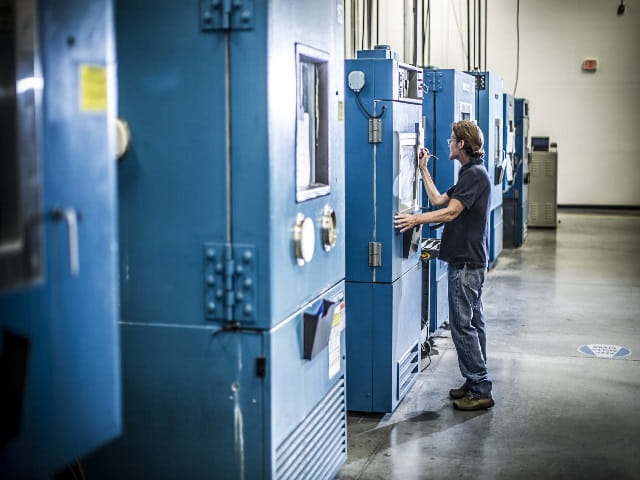Xenon arc testing promotes property changes of materials, including the effects of sunlight, moisture and heat, by simulating ultraviolet and visible solar radiations by means of a weatherometer. Element is at the cutting-edge of weathering testing, providing xenon arc testing to clients in many industries, including automotive, polymer additive, textiles, and paint.
Accelerated exposure testing has become increasingly important to qualify new designs and materials, and to determine material durability in a fraction of the time, in real-world environments.
Understanding Xenon Arc Testing
Unlike the electrically burning carbon arcs, xenon arc is a precision gas discharge lamp in a sealed quartz tube used to reproduce the weathering effects that occur when materials are exposed to sunlight and moisture in actual use.
Long arc lamps, where the arc length is greater than the arc diameter, simulate full spectrum solar radiation more closely than any other artificial light source, and, for this reason, they are widely used in accelerated exposure testing to simulate the weathering process of indoor and outdoor sun exposure on materials.
During xenon arc testing, specimens are exposed to filtered xenon arc light under controlled environmental conditions. Different types of xenon arc light sources and different filter combinations are used to better simulate natural sunlight and the appropriate field service conditions. A humidifier provides moisture, and heaters control temperature.
Materials we test
At Element, we perform xenon arc testing on a variety of materials including:
- paints, coatings, and decals
- polymeric materials for outdoor and indoor commercial or residential applications (vinyl siding)
- textiles for colorfastness testing
- inks for polymer damage testing
- materials and trim components, both interior and exterior, for the aerospace and automotive industries.
Xenon Arc Testing Standards
Our Engaged Experts conduct xenon arc testing in compliance with the primary standards established by international organizations, including:
American Association of Textile Chemists and Colorists - AATCC 16.3
American Society for Testing and Materials - ASTM G155; ASTM D4798/D4798M (xenon arc method); ASTM D2565; ASTM D4459; ASTM D7869
Society of Automotive Engineers - SAE J1885; SAE J1960; SAE J2412; SAE J2527
The Element Advantage
Outfitted with advanced xenon arc weatherometers, Element’s weathering laboratories simulate the damaging effects of long-term exposure of materials, either directly or through window glass, closely mimicking natural sunlight. The results of xenon arc testing provide accurate UV degradation information of a material over time, which is particularly useful to prevent premature product failure.
Our experts offer xenon arc testing on a variety of materials, comprising paints, coatings, and other polymer-based materials, as a valuable tool to accelerate material degradation and condense years of outdoor exposure.
For more information on Xenon Arc Testing, or to request a quote, contact us today.
Weathering Testing: Explaining DIN 75 220
DIN 75 220 is a testing requirement of many automotive manufacturers that provides critical insight to help assess and improve product quality and durability. READ MOREAutomotive Glass Testing
The goal of Automotive Glass Testing is to ensure that the glazing materials you use sustain the different forms of strain that a vehicle encounters in its lifetime.
READ MOREWebinar - How to Prepare for Success: DO-160 Environmental Testing Requirements
What tests are specified in RTCA/DO-160?
Do I need to perform these tests on my avionics and mechanical systems to ensure compliance with the Federal Aviation Administration (FAA)?
WATCH NOWRelated Services
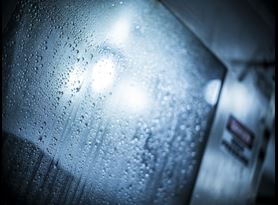
ASTM G154 and ASTM G155 Explained
Learn about ASTM G154 and ASTM G155 and how they empower manufacturers to design products that can withstand exposure to sunlight and moisture.
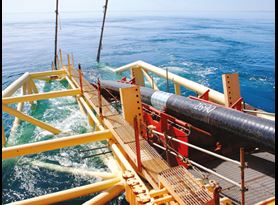
Corrosion Testing
Element’s corrosion testing laboratories provide complete corrosion testing services to many industries, including salt spray, cyclic corrosion, pitting testing, and more.
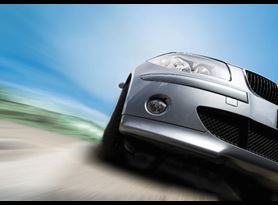
End-to-End Services in Transportation
Providing testing from Research and Development, to Design Validation and through Production Validation, Element can provide you with certainty.
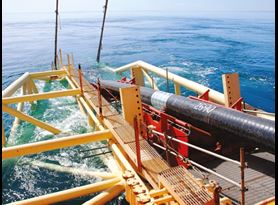
Coatings Testing
We offer world-class materials expertise in polymers, elastomers, thermoplastics, composites, and structural adhesives. With a global reach of coatings laboratories in the UK, USA, Europe, and Asia, Element provides a comprehensive range of coatings testing services to the Energy, Aerospace, Defense, and Transportation sectors.
